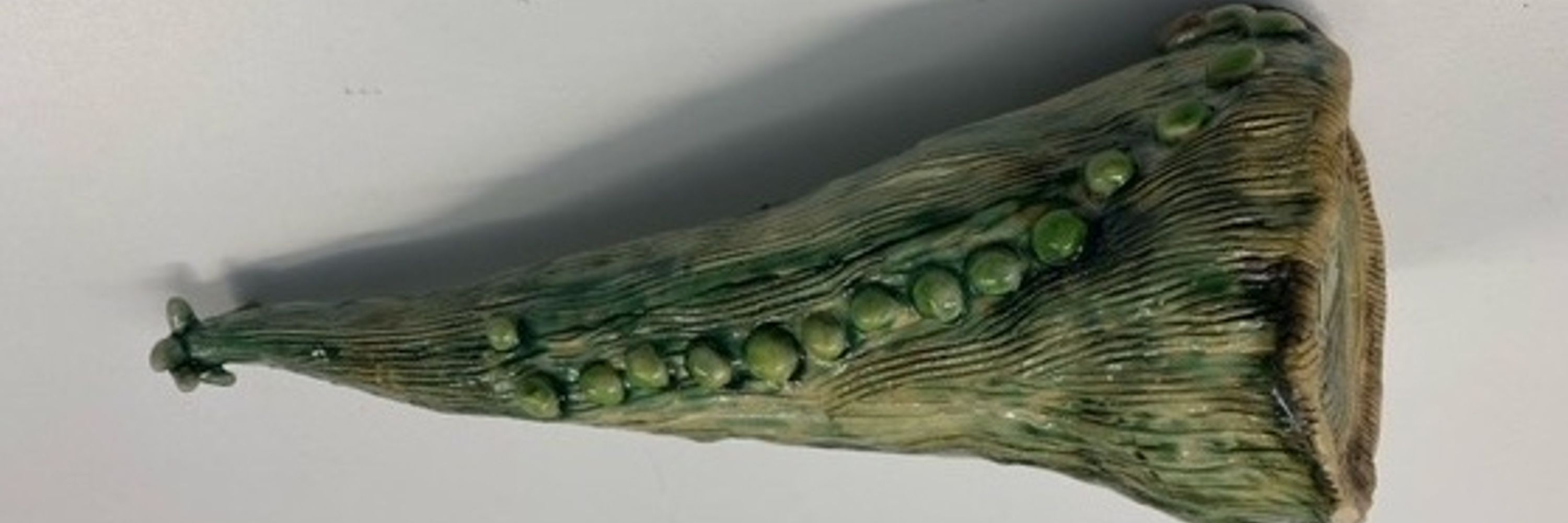


pubmed.ncbi.nlm.nih.gov/17451555/

pubmed.ncbi.nlm.nih.gov/17451555/






pubmed.ncbi.nlm.nih.gov/33810789/

pubmed.ncbi.nlm.nih.gov/33810789/
pubmed.ncbi.nlm.nih.gov/24378633/
pubmed.ncbi.nlm.nih.gov/24378633/

